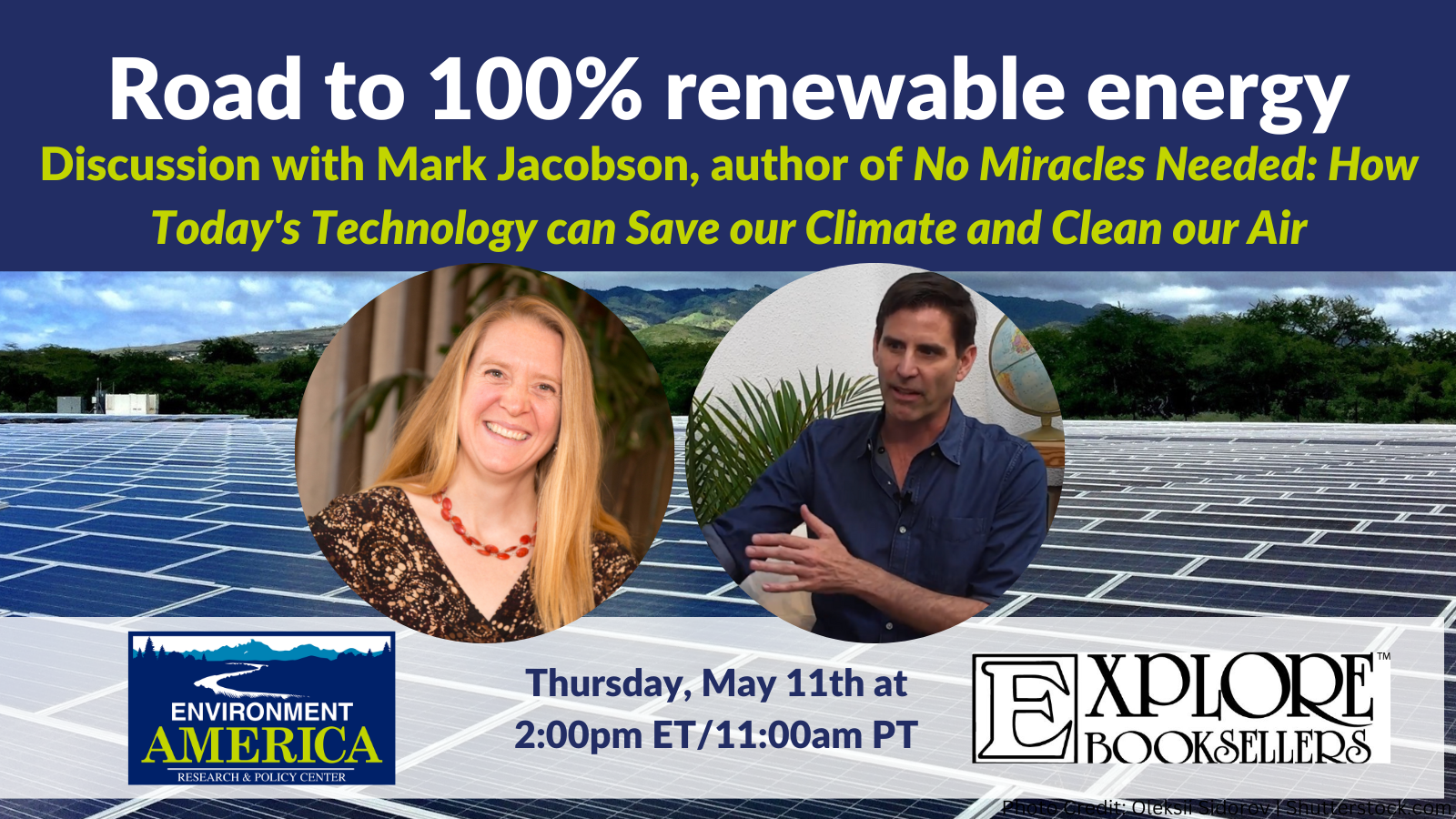From foliage to fuel efficient vehicles
Fall break trip gives glimpse into the future of electric vehicles
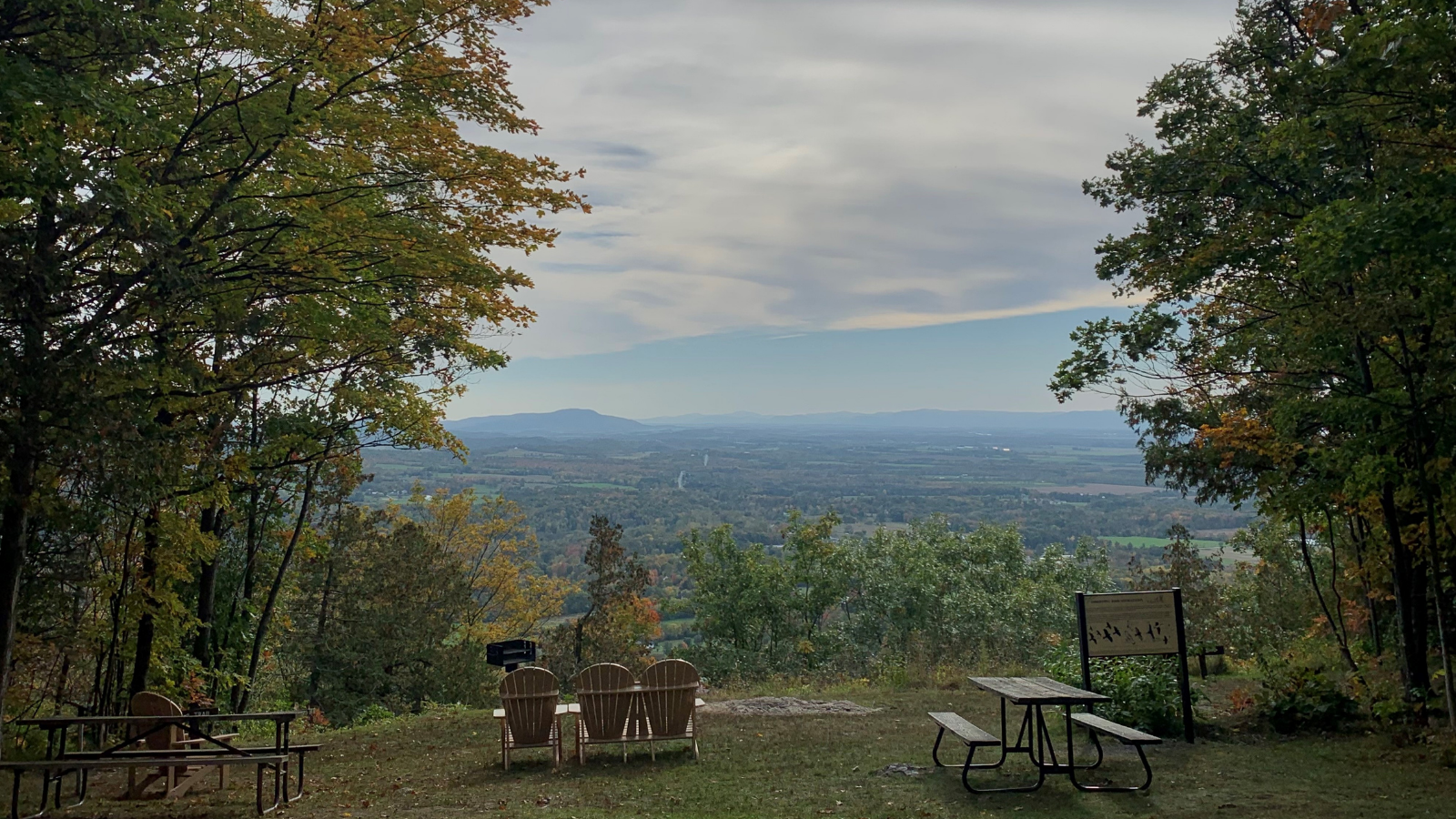
This blog was authored by Environment America Intern Nicole Buckley
A couple of months ago, Vermont and most of New England were reaching peak foliage. After spending days cooped up inside my room studying for my junior year midterms, I decided to take some much needed time away from college during my fall break to see the Green Mountain State’s beautiful turning of the leaves. I thought this trip would provide a chance to relax and enjoy the natural world, but what I didn’t expect was that it would also take me on an exploration of electrified transportation.
Getting from my college, Clark University in Massachusetts, to Vermont was somewhat of a challenge, but after a few bus transfers and a couple Ubers, my friends and I made it to Burlington. We were greeted with crisp air, warm sun and exquisite views of Lake Champlain with mountains outlining the background.
Since we took public transportation from my school in Worcester to Burlington, that meant we were car-less. While Burlington is a walkable city with everything you need just a few blocks away, we were determined to hike Mount Philo to see the foliage and that meant finding some wheels.
Vermont is an extremely climate-conscious state and has made significant strides to reduce its carbon emissions. For example, Burlington has the ambitious goal of reaching net-zero by 2030. However, a 2017 report found that transportation is the state’s largest contributor of global warming emissions. In an effort to hit its decarbonizing goal and reduce pollution from transportation, Burlington has implemented CarShare Vermont, which allows residents to rent vehicles hourly or the whole day. The program’s clear mission: to protect the planet by lowering vehicle emissions. The first 100% electric vehicle, named Sparky, was introduced by CarShare Vermont in November of 2019, and today most of the vehicles in the program are either fully electric or fuel efficient hybrids.
For our trip, we rented Celeste, a Toyota Prius Prime plug-in hybrid. Featured on the dash was a graphic highlighting where the energy powering the car was coming from, either the battery or the gas-powered engine. Even though it was my friend’s first time driving a hybrid, it was just as easy to handle as a standard gas-powered car with the added bonus of limiting harmful vehicle emissions.
Before we knew it, Celeste had gotten us to the top of Mount Philo, the first created Vermont State Park. After stepping out, we were surrounded by breathtaking views of the mountains and could see the town of Charlotte down below. While taking in the beautiful scenery around me, I was glad to know that our ride there didn’t leave behind a large carbon footprint.
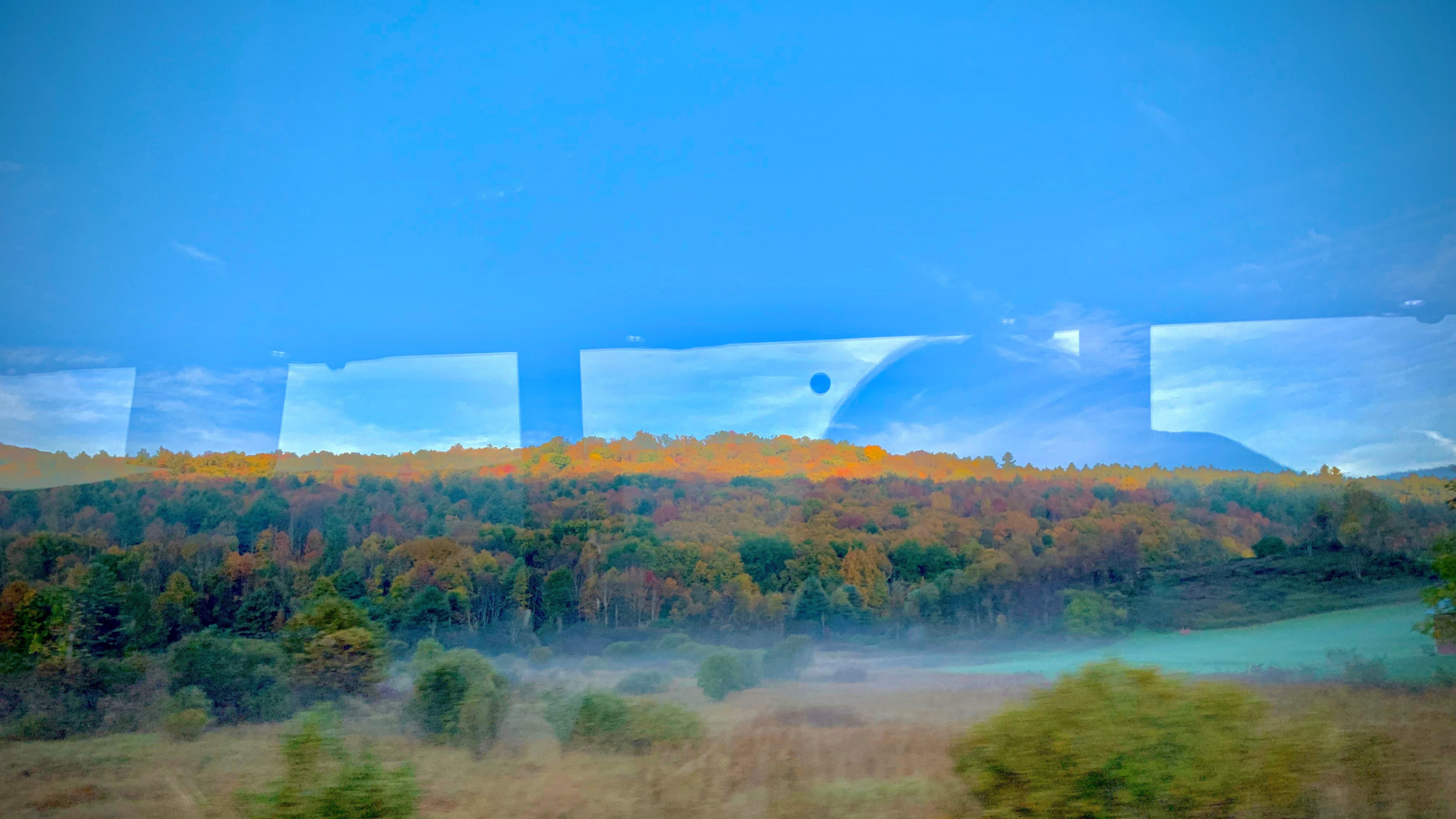
Given that transportation is the leading source of climate emissions, not just in Vermont, but across the United States, vehicle electrification is a key aspect of combating climate change. Environment America’s Destination: Zero Carbon Campaign works to do just this by not only calling for 100% of new car sales to be fully electric by 2035 or sooner but also requiring that all transit and school buses be electric by 2030. For the past few months, I’ve been interning on this campaign, and now I’m noticing the impacts of electrified transportation everywhere I go.
On our way back to Worcester, we had a layover in Albany, New York, and I was once again reminded of the advances cities are making to electrify their fleets. When walking the streets of this state capital, a Capital District Transportation Authority (CDTA) bus passed us with the words “Electric Bus” on the side. This is just a snapshot of all that New York is doing to support vehicle electrification. Cities in this state are making strides to support EV adoption, from charger deployment in Rochester to municipal fleet electrification in NYC, and New York just became the third state to commit to making all new vehicle sales electric by 2035.
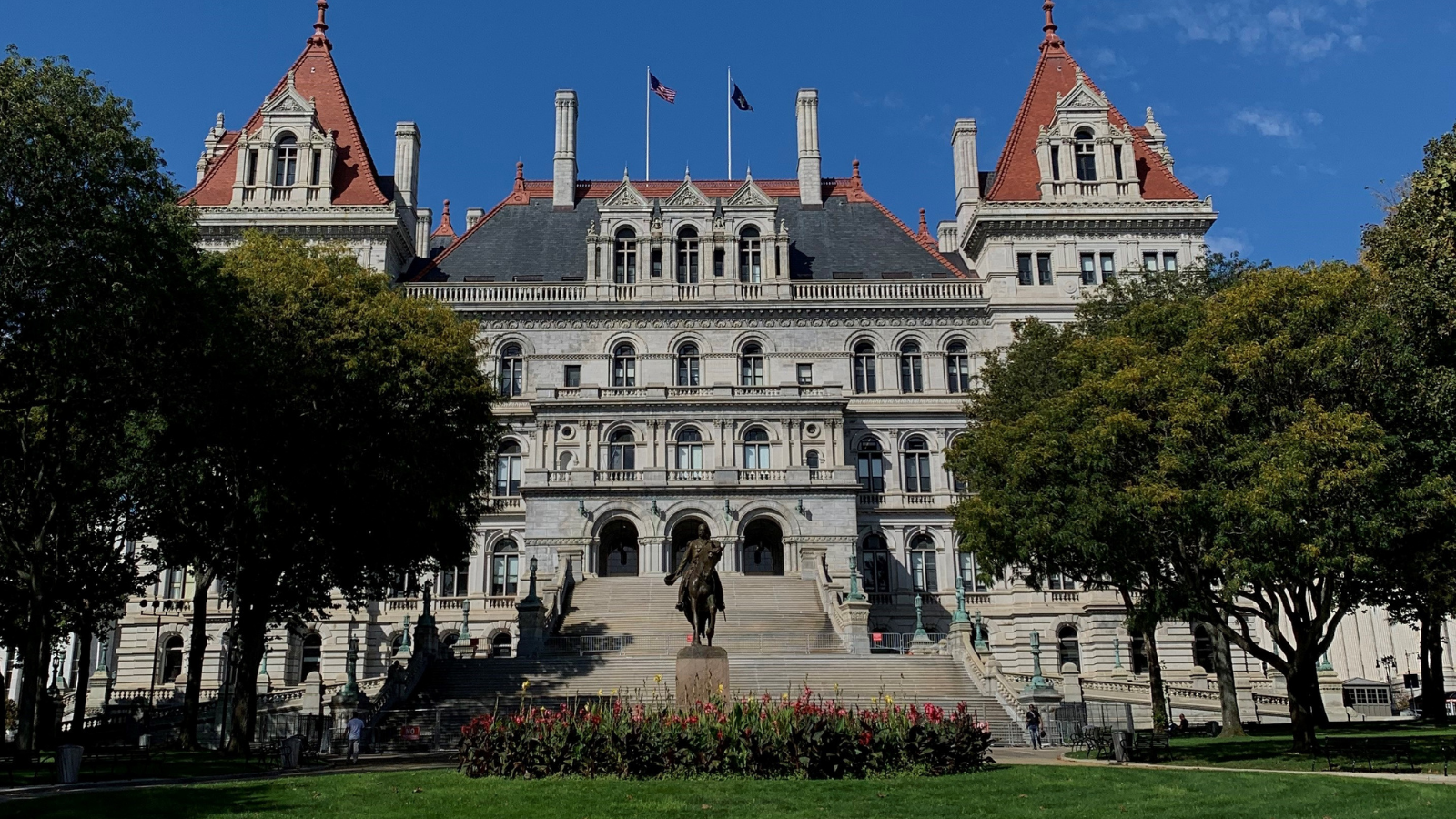
Albany was just a stepping stone to get from Burlington to Worcester, and soon enough I was back in Massachusetts and back to work. Environment America’s Trouble in the Air report, which details the levels of air pollution Americans experienced in 2020, had been released a few days prior. Thinking back on my trip, I couldn’t help but compare the pristine air quality from Mount Philo to the polluted skies in Worcester where, for 46 days in 2020, just breathing put our health at risk.
These pollutants, which include particulate matter and ground-level ozone, primarily come from burning fossil fuels that power our cars and trucks. In Massachusetts, 65% of emissions come from transportation. The state is taking action: In January 2021 Gov. Charlie Baker signed an executive order to make 100% electric vehicle sales by 2035. For Massachusetts, getting more electric vehicles on the road is an essential part of reducing air pollution so residents like me can breathe easier.
My trip to Vermont allowed me to see the reality of climate action and the possibilities that EV accessible infrastructure can deliver in the near future. What’s already clear is that states such as Massachusetts, Vermont and New York are taking an important lead toward a zero emission transportation future. Other states and cities should follow suit by enacting EV incentives, increasing access to electric charging stations, and setting goals to phase out gas-powered car sales. I hope I can continue to work to increase electric vehicle adoption, clean up our air, and fight climate change for years to come.
Photos courtesy of Nicole Buckley.
Topics
Authors
Eve Lukens-Day
Find Out More
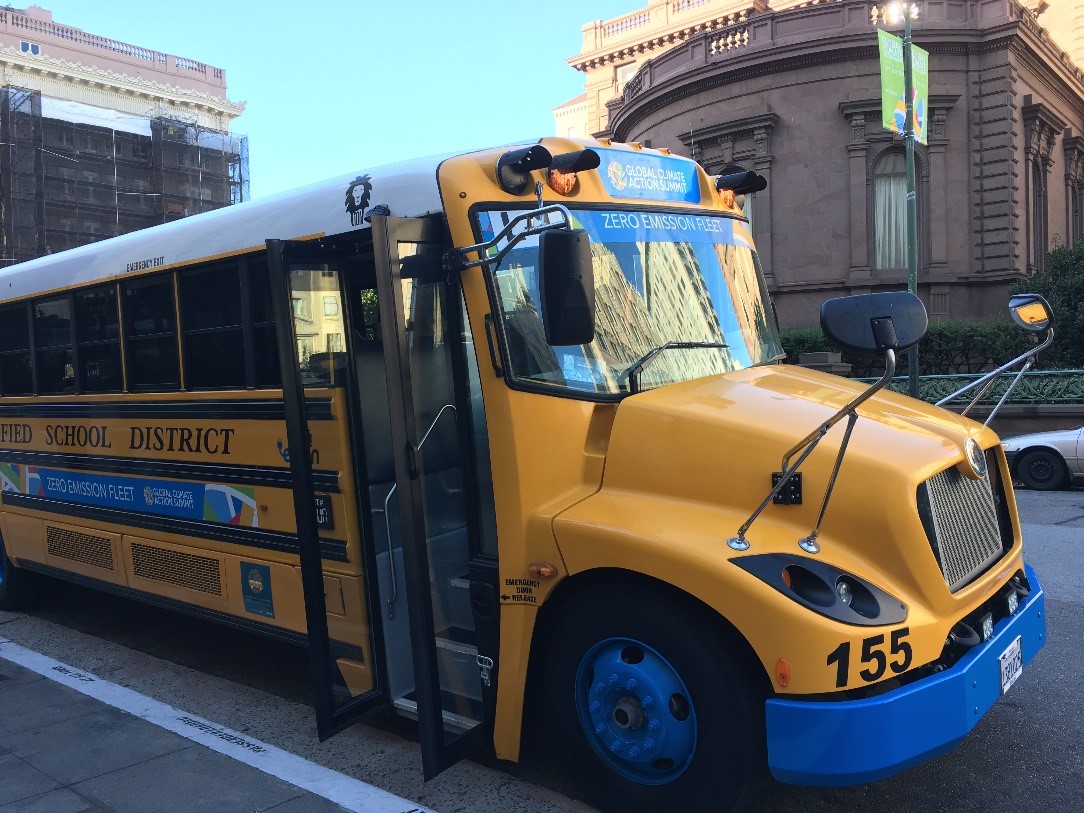
Back to school on an electric bus
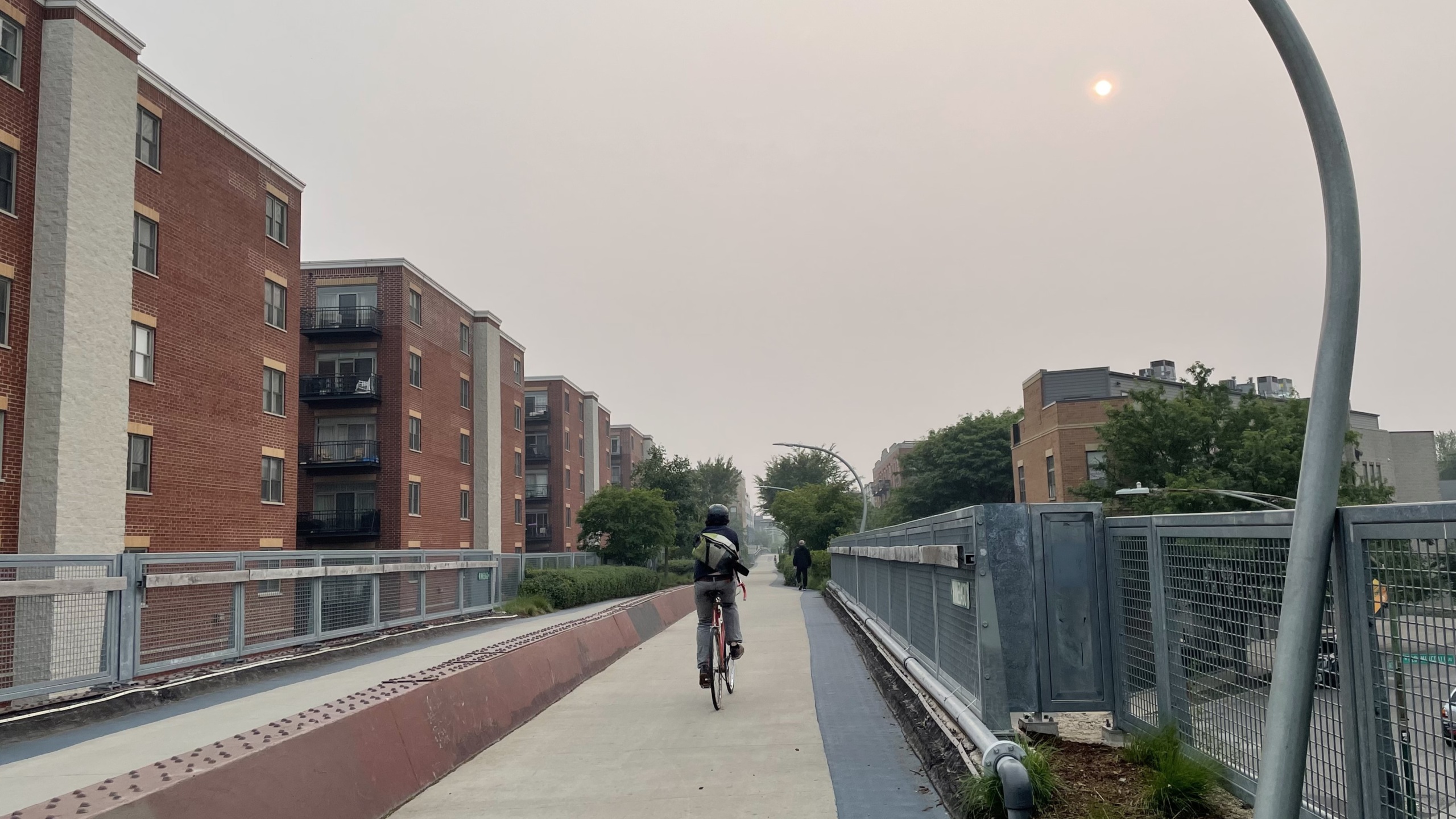
What can we do about the unhealthy air quality in Chicago?

How the environment fared at the Texas Legislature (88th regular session)
